- Dapatkan link
- Aplikasi Lainnya
- Dapatkan link
- Aplikasi Lainnya
The idea of money laundering is essential to be understood for those working in the monetary sector. It's a process by which soiled money is converted into clear cash. The sources of the money in actual are legal and the money is invested in a manner that makes it appear to be clean cash and conceal the id of the felony part of the cash earned.
Whereas executing the financial transactions and establishing relationship with the new prospects or sustaining present customers the duty of adopting adequate measures lie on every one who is part of the organization. The identification of such ingredient at first is simple to cope with as an alternative realizing and encountering such conditions afterward within the transaction stage. The central bank in any nation offers complete guides to AML and CFT to fight such actions. These polices when adopted and exercised by banks religiously provide enough safety to the banks to discourage such situations.
Funneling illegal funds through legitimate businesses that deal heavily in cash transactions. The assessment should provide a comprehensive analysis of AML risks associated with the products and services offered by the lines of business and act as an aggregated estimate of the AML risks across the enterprise.

Modeling The Money Launderer Microtheoretical Arguments On Anti Money Laundering Policy Sciencedirect
Management through identifying the general and specific money laundering risks a FI is facing determining how these risks are mitigated by a firms AML programme controls and establishing the residual risk that remains for the FI.

What methodology is used to understand the money laundering risk. Financial institutions must work on an ongoing basis to understand the money laundering threats they face and deploy commensurate measures to manage their risk exposure. Other webinars in this series. AMLCFT due diligence to better analyse and better understand specific risk factors that may assist them in identifying situations posing a heightened risk of corruption-related money laundering risk2 It seeks to answer the question.
Through using a methodology referred to as Management of Risk in Law Enforcement MoRiLE the structural risk within each sector is assessed Bbased upon a series of factors to indicate vulnerabilityof a particular sector to money laundering and the likelihood they will materialise in that particular sector HM Treasury 2015. Through using a methodology referred to as Management of Risk in Law Enforcement MoRiLE the structural risk within each sector is assessed based upon a series of factors to indicate vulnerability of a particular sector to money laundering and the likelihood they will materialise in that particular sector HM Treasury 2015. Historically methods of money laundering have included smurfing or the structuring of the banking of large amounts of money into multiple small.
In this webinar we explore one objective methodology financial institutions may consider to assess individual countries money laundering risk which in turn may be used in transaction activity monitoring customer risk scoring and the institutions high level money laundering risk assessment. The artificial intelligence system is at the forefront of the march against trade-based money laundering and it aims to understand the risks around the people and businesses that interact together. We can then assess the total risk of the service and what futher measures such as KYC are necessary via regulation.
Keeping up with money laundering risks. Principles of the Risk-Based Approach. Customer risk-rating models are one of three primary tools used by financial institutions to detect money laundering.
A money laundering risk assessment is an analytical process applied to a business to measure the likelihood or probability that the business will unwittingly engage in. Criminals may use several methodologies to place illegal money in the legitimate financial system including. The risk-based approach RBA is an effective way to combat money laundering and terrorist financing.
The risk-based approach RBA is central to the effective implementation of the FATF Recommendations. The results of a risk assessment can be used for a variety of reasons including to. Are there specific types of business relationships.
The models deployed by most institutions today are based on an assessment of risk factors such as the customers occupation salary and the banking products used. Vulnerabilities include factors such as the complexity and. In principle the risk-based approach shifts the focus of AML compliance from post-analysis of data to proactive judgment.
In determining how the RBA should be implemented in. A robust risk assessment process is central to maintaining a strong Anti-Money Laundering AML compliance program. Once these risks are properly understood countries will be able to implement anti-money laundering and counter terrorist financing measures.
One of the key requirements of the FATF Recommendations is for countries to identify assess and understand the money laundering ML and terrorist financing TF risks that they are exposed to. Through this research firms should be able to develop a keen assessment of the risks involved with each trader. Updates to this years Basel AML Index methodology That is why the Basel AML Index the Basel Institutes flagship index of money laundering risks around the world updates its methodology every year following an in-depth review with a group of experts from diverse backgrounds.
You can decide which areas of your business are at risk and put in place measures to prevent money laundering occurring by using whats known as a risk-based. It means that supervisors financial institutions and intermediaries identify assess and understand the money laundering and terrorist financing MLTF risks to which they are exposed and implement the most appropriate mitigation measures. Mobile Money Methodology for Assessing Money Laundering and Terrorist Financing Risk Step 4 is the introdution of control measures that are systems-based.
Accordingly the first stage of the money laundering process is known as placement.
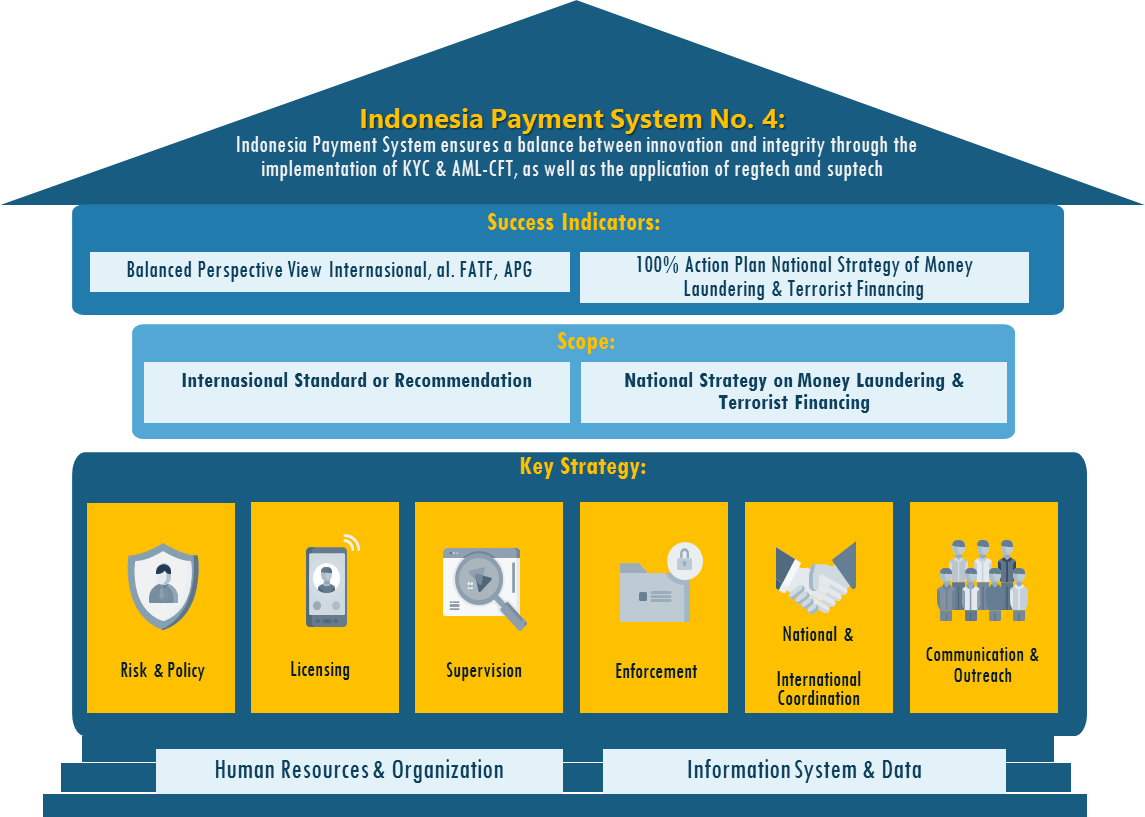
Anti Money Laundering And Counter Terrorism Financing

Understanding The Risks Of Money Laundering In Sri Lanka Daily Ft

Cryptocurrency Money Laundering Explained Bitquery

Anti Money Laundering Aml Ranks As One Of The Top Priorities Of Banks Worldwide Regulatory Age Evaluation Employee Money Laundering Employee Evaluation Form

Layering Aml Anti Money Laundering
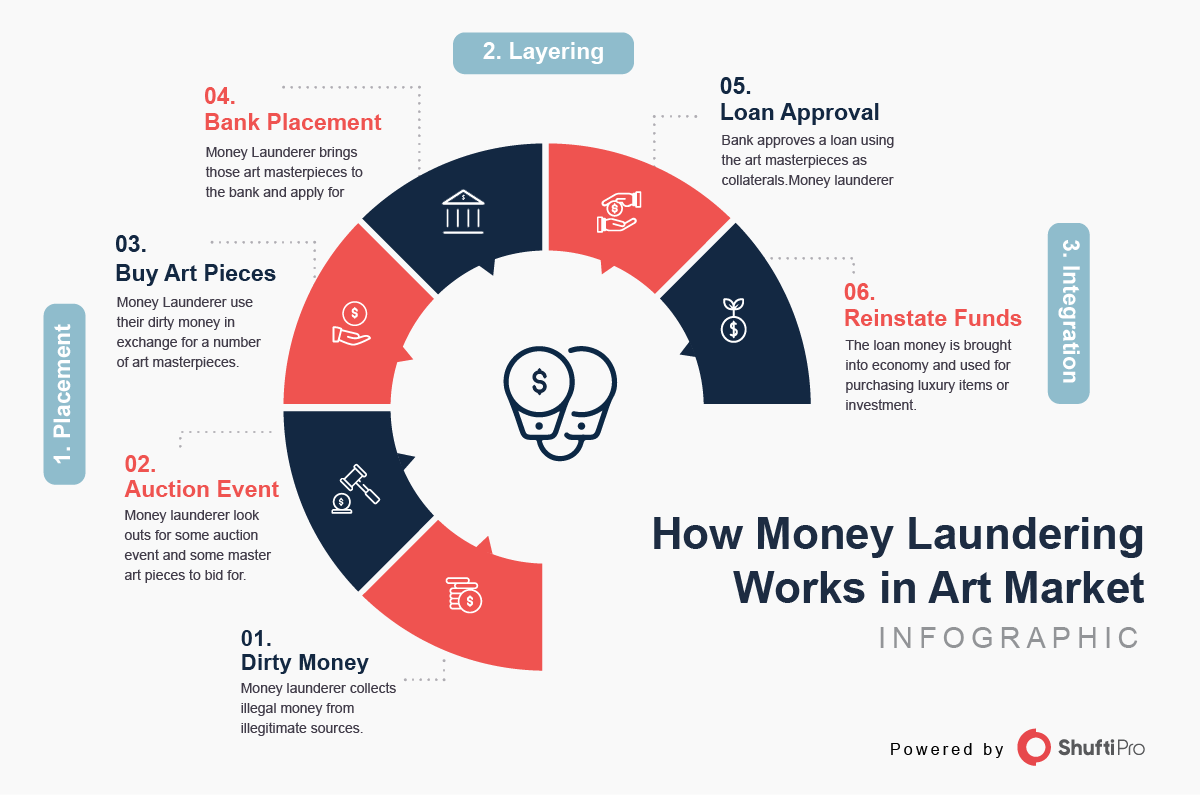
Art Market In The Frame Of Money Laundering
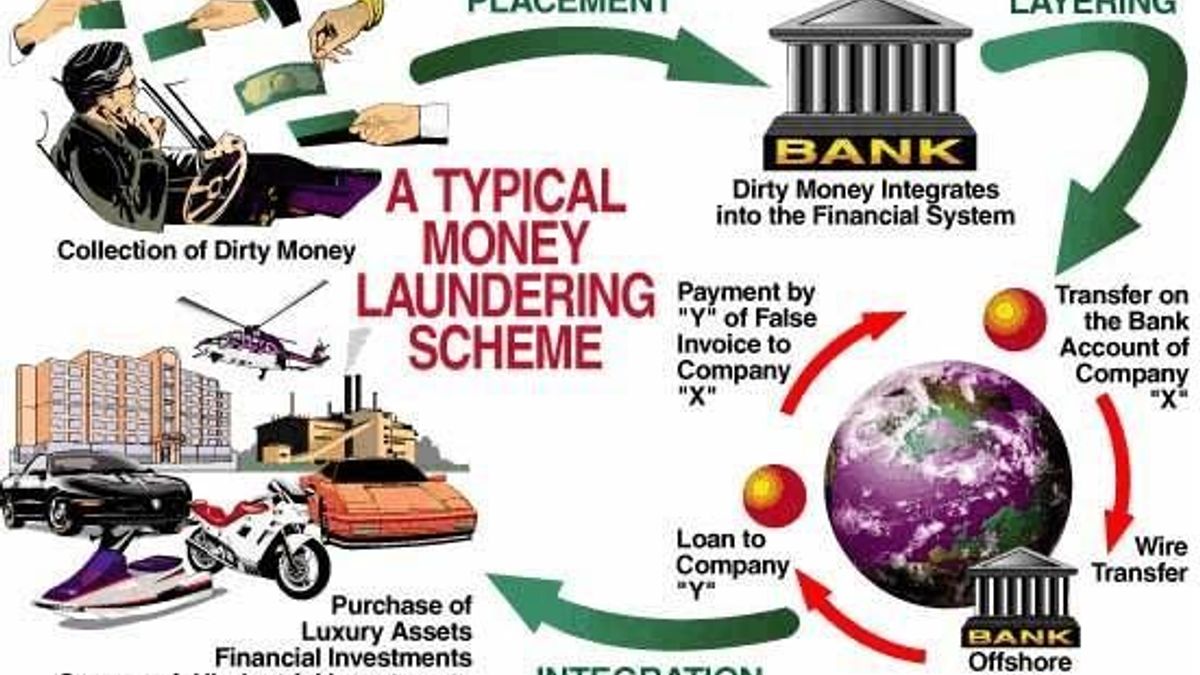
What Is Money Laundering And How Is It Done
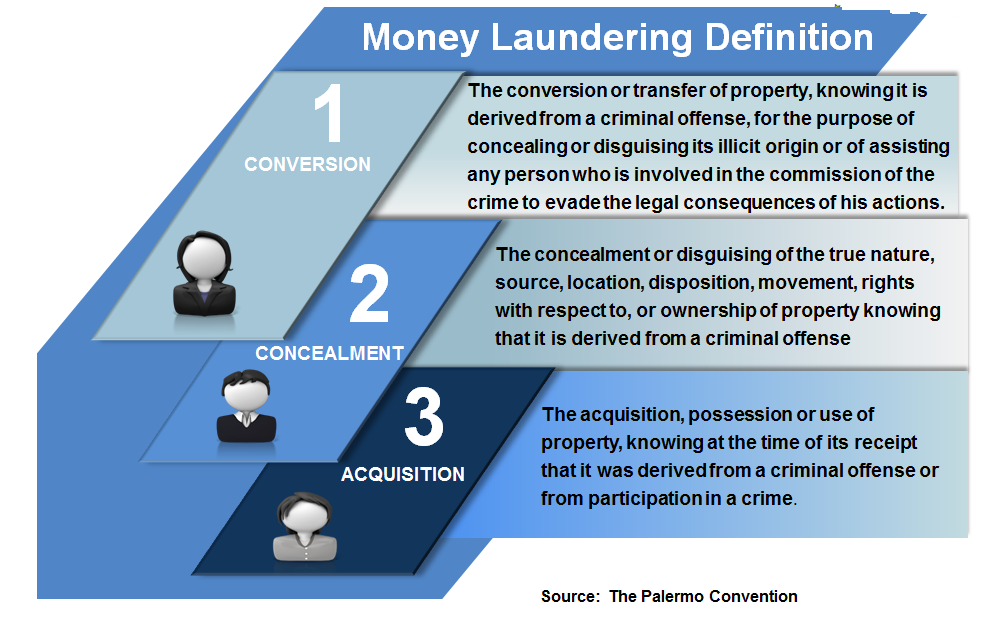
Understanding Money Laundering European Institute Of Management And Finance
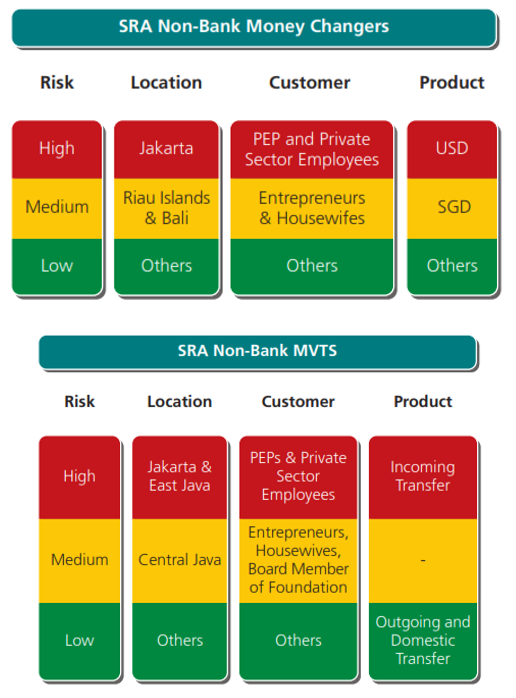
Anti Money Laundering And Counter Terrorism Financing

Watch Vinodji Explain The Concept Of Know Your Customer Kyc And Anti Money Laundering Aml In This Video Series Which Is Part Of A Customer Education Initia

Layering Aml Anti Money Laundering

Three Stages Of Money Laundering Download Scientific Diagram
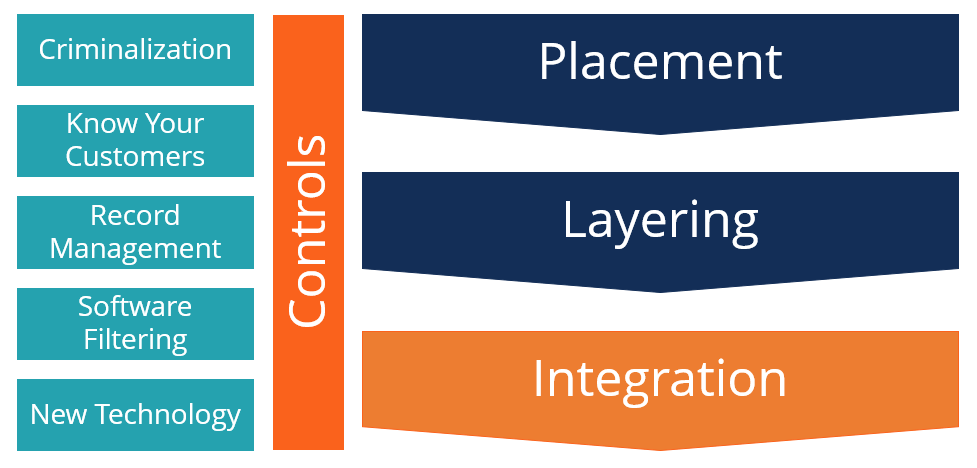
Anti Money Laundering Overview Process And History
Tanzania Financial Intelligence Unit Money Laundering Definition Kitengo Cha Kudhibiti Fedha Haramu Maana Ya Biashara Ya Fedha Haramu
The world of regulations can appear to be a bowl of alphabet soup at times. US money laundering rules are no exception. We now have compiled a listing of the top ten cash laundering acronyms and their definitions. TMP Danger is consulting firm focused on protecting monetary providers by lowering threat, fraud and losses. We now have huge bank experience in operational and regulatory danger. We have a powerful background in program management, regulatory and operational danger as well as Lean Six Sigma and Business Course of Outsourcing.
Thus money laundering brings many opposed consequences to the organization because of the dangers it presents. It will increase the likelihood of major dangers and the opportunity price of the bank and finally causes the financial institution to face losses.
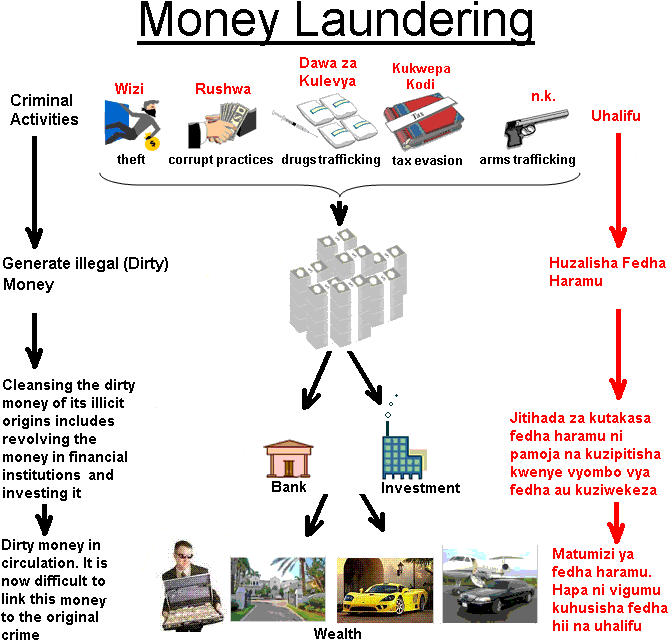
Komentar
Posting Komentar